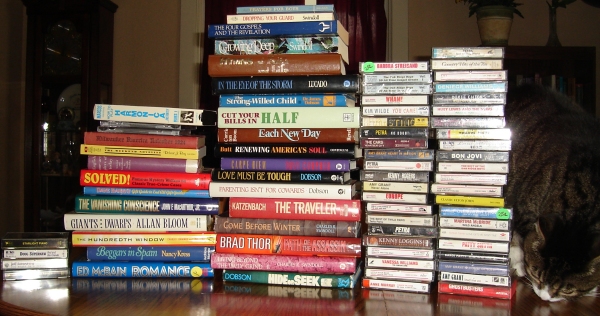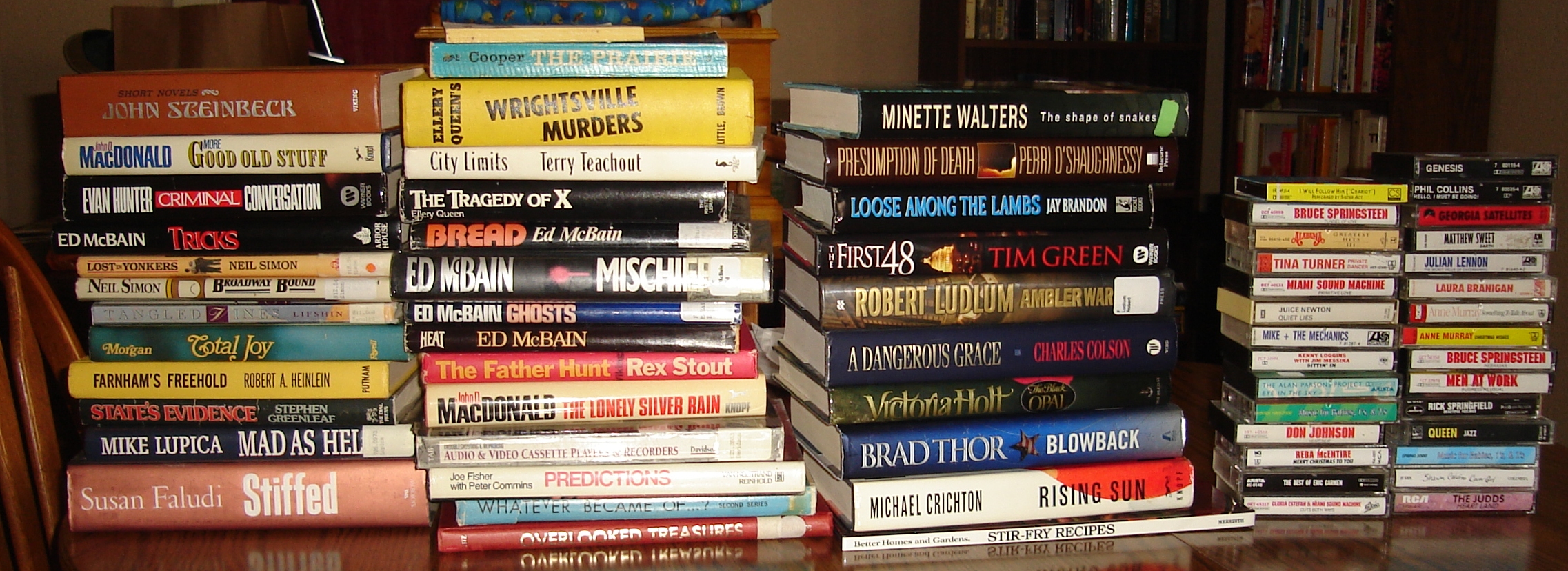Well, in my book report for From the Corner of His Eye, I said:
I could have almost read Anna Karenina by the time I was done with this book.
As you might know, gentle reader, I have a special term that I use when reading long books to refer to that instant where you realize that you could have read a whole other book by now. That is the Anna Karenina moment. I coined the term after the first time I tried to read Anna Karenina, back in the late middle 1990s (1996? 1997?). I was working in a print shop at the time, operating a Didde-Glaser 175 two color offset web printing press. Every day, I had a 30 minute lunch break, and I brought in a book to read over those lunch breaks. I once brought in Anna Karenina and made it to about page 287 (still bookmarked, a decade later). There, I had my first Anna Karenina moment, and I put the book aside for shorter books.
Well, after making that crack about the Koontz book, I decided to pick up the Tolstoy again to see how it compared. Well, it was certainly longer than the Koontz, and it took me three weeks of almost nightly reading to complete it. But it was still time better spent than From the Corner of His Eye. Where Koontz drops in a chapter for nothing more than melodramatic foreshadowing, Tolstoy adds a theme. So it’s better than the Koontz book, not that anyone had any doubt.
And in case you’re wondering, pages 287-600 are a string of Anna Karenina moments, but I have more patience and discipline now.
For those of you who haven’t read it or its attendant summary documents, the story revolves around several threads in the Russian aristocracy circa 1870. Mr. Oblonsky has a dalliance with the help, and his wife Dolly is put off by it and wonders what she’ll do. Anna Karenina, Mr. Oblonsky’s sister, talks to her. Meanwhile, Mr. Oblonsky’s friend Levin, a country gentleman, has come to ask Dolly’s sister Kitty to marry him. She, though, is flirting with Vronsky, who’s a flirt and has no intent to marry her. But when he meets Anna Karenina, he’s smitten and leads her into an adulterous relationship that will last hundreds of pages.
The book follows two main story arcs: the illicit love of Anna and Vronsky and Levin’s search for happiness and faith. The subthemes, of course, deal with the relationships of the aristocrats to each other and to the peasants and their children. There’s something for everyone, someone to whom everyone can relate, and plenty of heft in case you need the hardback for self-defense.
An interesting bit about the translation: It was translated by an English person who often threw in British coinage to make the denominations more relevant to the English reader. So when you’re talking whole bills, you hear about roubles, but when it switches to kopecks, suddenly you’re talking about shillings or farthings. Which is really weird to an American reader. Or even an English reader some years from now when they’re using Euros or Rials in Britain.
It’s a book that provokes some thought because it’s classical literature, and it makes me want to write a paper on it. Does Levin really become a Christian? How would I match these heroes up to The Fountainhead characters? That sort of thing.
But, although I own War and Peace, I’m not diving right into it. I have a pile of books to read, and knocking down to a 17 per year pace won’t clear my to-read shelves.
Books mentioned in this review:




